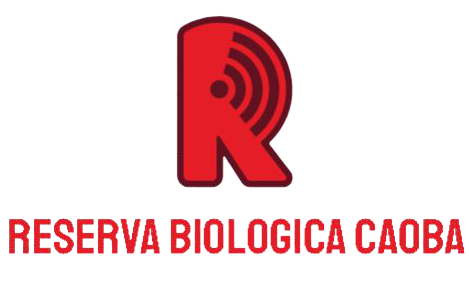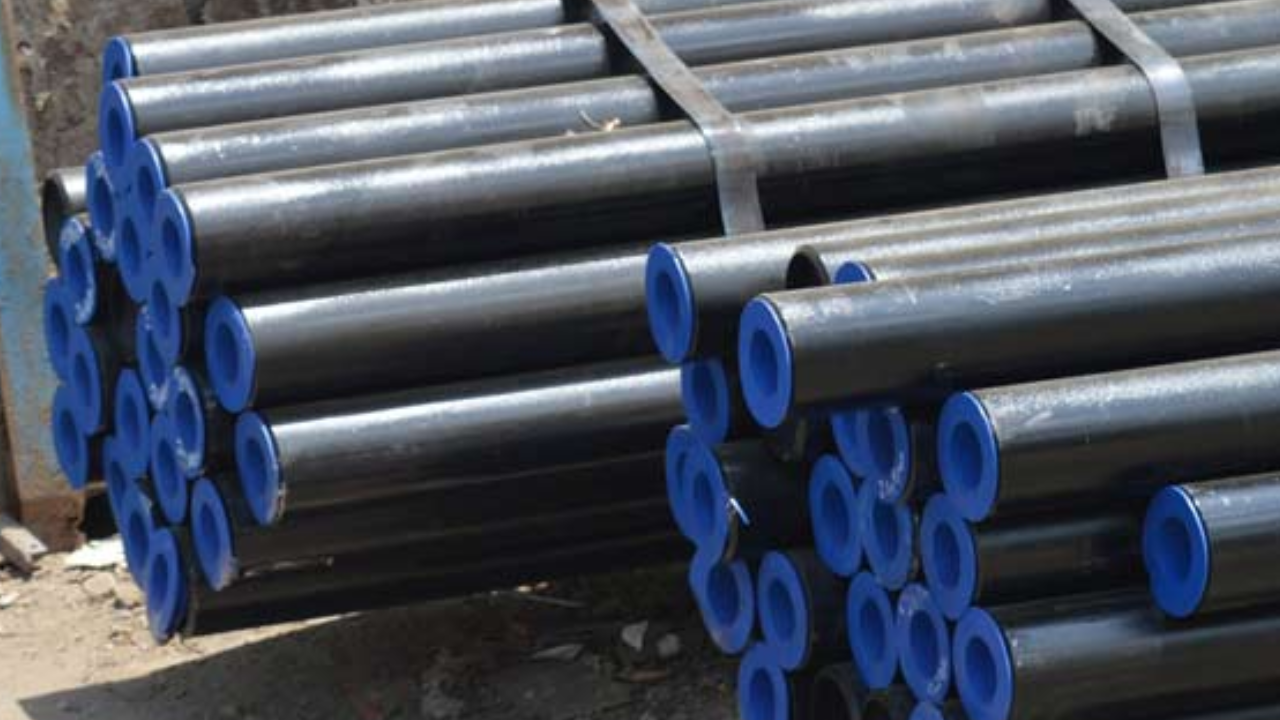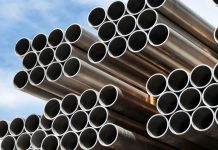Due to their vast use in crucial industries, ERW (electric Resistance Welded) pipes should have the best level of structural reliability and consistency. These pipes function as vital additives in infrastructure, inclusive of oil and gas pipelines, water distribution systems, structural helps, and mechanical packages.
Maintaining the structural integrity guarantees the consistency of the erw pipe mill and it can resist operational stresses, which include stress, temperature fluctuations, and mechanical loads, without failure. Consistency in manufacturing ensures uniformity in dimensions, fabric properties, and weld best, which are critical for predictable overall performance and compatibility with fittings and gadgets.
Quality Control Measures for Ensuring Consistency of ERW Pipe Mill
Ensuring the structural integrity and consistency of pipes produced in an electric Resistance Welded (ERW) pipe mill involves a complete technique to great management. Each approach plays an important role in detecting defects, verifying compliance with specifications, and making sure the pipes’ reliability and overall performance in their intended applications. Right here are vital quality control measures carried out to achieve this aim:
Non-Destructive Testing (NDT)
The application of NDT techniques is crucial for tracking inner and floor issues in pipes without damaging them. Those strategies ensure that pipes meet the required exceptional and safety standards. Ultrasonic waves are transmitted through the pipe material to hit upon flaws like cracks, inclusions, or voids. Eddy current testing (ECT) makes use of electromagnetic induction to locate floor and near-floor defects. NDT strategies are crucial for figuring out defects early inside the production method, making an allowance for corrective moves, and making sure of the final product’s integrity.
Dimensional Inspection
Dimensional inspection ensures that the pipes meet unique geometric requirements, together with diameter, wall thickness, length, and straightness. Correct dimensions are vital for the pipe’s suit and function in its supposed application. Laser Gauging structures provide non-stop monitoring of the pipe’s diameter and thickness all through production. Dimensional accuracy is crucial for making sure that the pipes will match and feature efficiently of their supposed applications, fending off issues like leaks or mechanical disasters.
Hydrostatic Testing
Hydrostatic testing assesses the pipe’s ability to withstand inner strain. Filling the pipe with water or every other incompressible fluid and pressurizing it to tiers better than its intended running stress. Look at the pipe for any signs of leakage or deformation at some stage in the test. The strain is usually held for a precise length to ensure certain reliability. Hydrostatic testing is critical for making sure that the pipes can handle the pressures they’ll be subjected to in actual-international applications, consisting of pipelines and strain vessels.
Material Testing
Material testing verifies that the chemical composition and mechanical properties of the metal meet the required requirements. Chemical evaluation is conducted with the usage of spectrometry or different techniques to make certain the steel’s composition adheres to distinct requirements. Tensile testing measures the material’s strength and elongation by making use of a tensile force till the pattern breaks. Material testing guarantees that the metallic used within the pipes possesses the essential properties for sturdiness and performance underneath anticipated situations.
Visual and Automated Inspection
Visible and automated inspection approaches are used to discover surface defects, welding imperfections, and trendy excellent problems. Trained inspectors examine the pipe’s surface for defects which include weld splatter, floor cracks, or deformation. Automatic Inspection systems utilize cameras and sensors to test the pipe for surface imperfections and inconsistencies. Visible and automated inspections help make certain that pipes are free from defects that would compromise their structural integrity or lead to untimely failure.
Bottom Line
Dependable structural integrity minimizes the threat of leaks, fractures, or premature disasters, thereby enhancing the safety, operational performance, and toughness of the piping structures. The importance of keeping structural integrity and consistency in ERW pipes mill lies in ensuring dependable performance, environmental safety, and cost-effective operation for the duration of their career lifestyles in diverse industrial applications.










